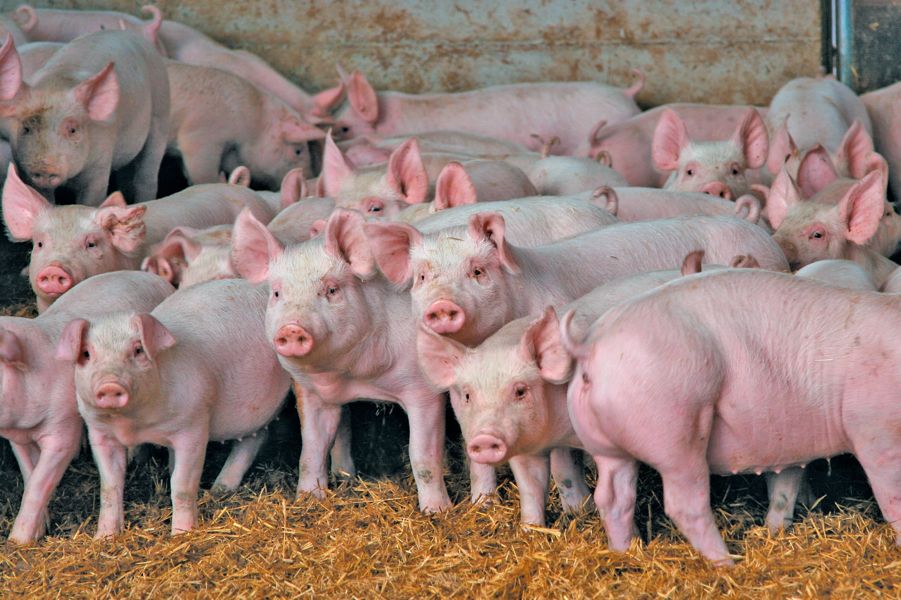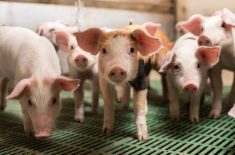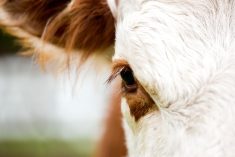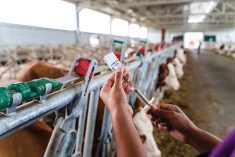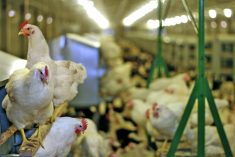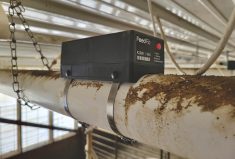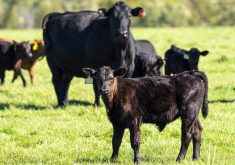Canadian hog producers could see increased mortality in their herds as the porcine epidemic diarrhea (PED) virus begins to re-infect hog herds, says an Alberta livestock veterinarian.
“We have to be prepared to live in a world where this infection and this disease is going to continue to recycle throughout herds in the United States, the world, and potentially herds in Canada,” said Dr. Egan Brockhoff of Prairie Swine Health Services in Red Deer.
Read Also
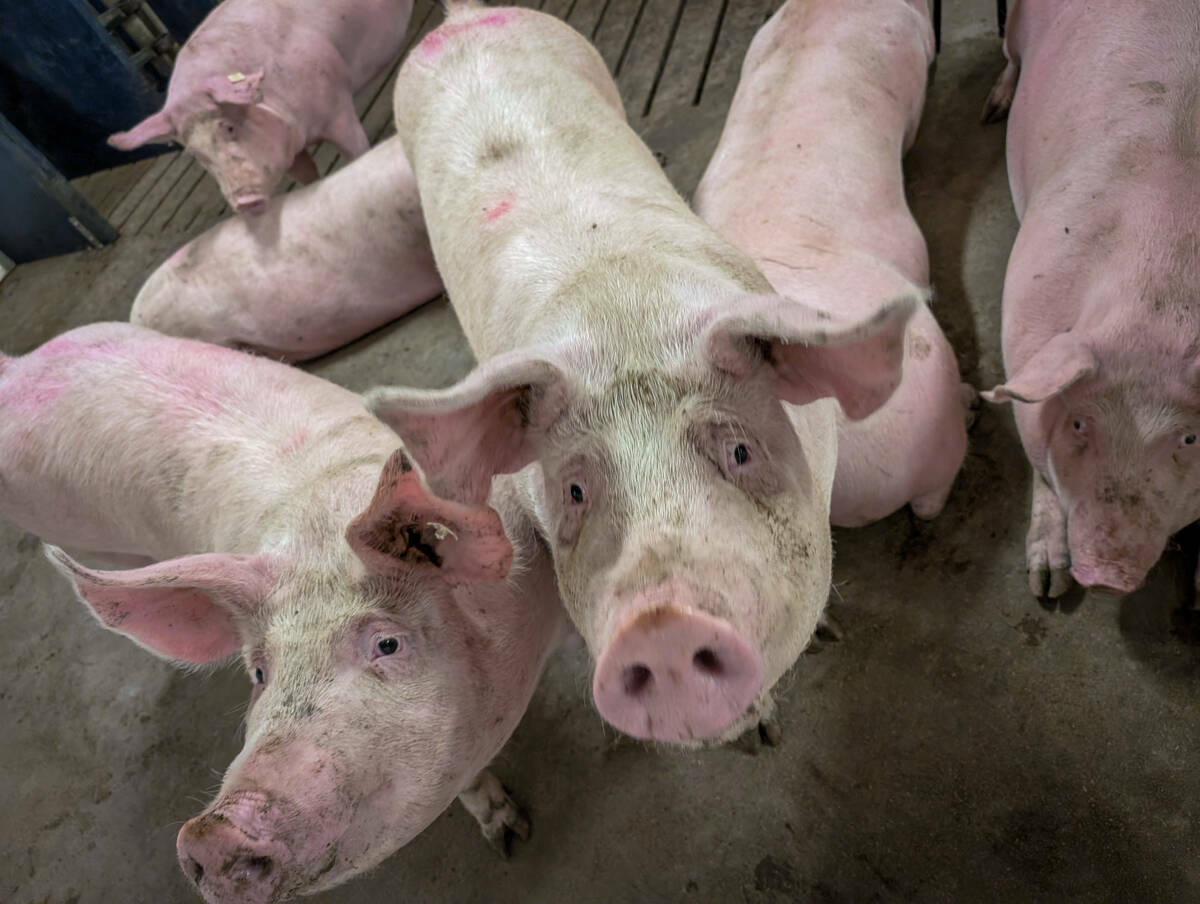
Ottawa pauses update on food from cloned livestock
Health Canada has indefinitely suspended a proposed update to the novel food policy governing foods derived from cloned cattle and swine, as well as their progeny.
In late May, an Indiana hog farm became the first to confirm that it has suffered a second outbreak of the deadly virus that has decimated American hog herds and left Canadian producers scrambling to limit the spread of the disease in this country’s herd.
In a typical disease outbreak, veterinarians “expect the infectious phase to pass and for the herd to build immunity,” said Brockhoff.
But because PED remains in a hog’s intestinal tract and sheds easily into the environment, veterinarians have anticipated a 20 to 30 per cent reinfection rate since the disease first became a problem in the U.S. last year.
“The data we’re getting out of the United States right now seems to confirm those thoughts that we had right from the beginning,” he said.
Last year, the number of PED cases in America dropped off during summer, but given the new risk of re-infection, Canadian hog producers shouldn’t rely on history to repeat itself this summer.
- From the Manitoba Co-operator: B.C. plans for PEDv prevention
“If we look at the data out of the United States, there’s no question that the number of new cases per week being reported has started to decline slightly, but they’re not going to zero,” said Brockhoff.
“They’re not dropping down to low numbers like we saw last summer. We’re still looking at 200 new cases a week.
“This virus will move and infect a species on a warm summer day almost as easily as it would any other day of the year. It’s still critical that we focus on maintaining good practices and biosecurity.”
Canada’s new mandatory traceability program, which comes into effect on July 1, will help with that, he said.
“Anytime animals move, all the bacteria and viruses that are with them move with them,” said Brockhoff.
“Our traceability program is going to be another one of the cornerstones in understanding animal movement.”
Under the new system, both hog shippers and receivers must report any animal movement within seven days of shipment, which will help the hog industry respond quickly to any future PED outbreaks on Canadian farms.
“Traceability is just going to be another tool in the chest of many tools we have to maintain a high-health herd in Canada,” said Brockhoff.
In the U.S., PED outbreaks seem to recur in about 30 per cent of infected farms, the American Association of Swine Veterinarians said. Piglets born to sows that were infected for a second time have a death rate of about 30 per cent, compared to near-total death loss among newborn piglets during the first outbreak, a veterinarian working with the producers of the Indiana farm told the Reuters news agency.
The news of reinfection may be bullish for hog prices, which are up more than 26 per cent since the first U.S. outbreak was confirmed last summer.

